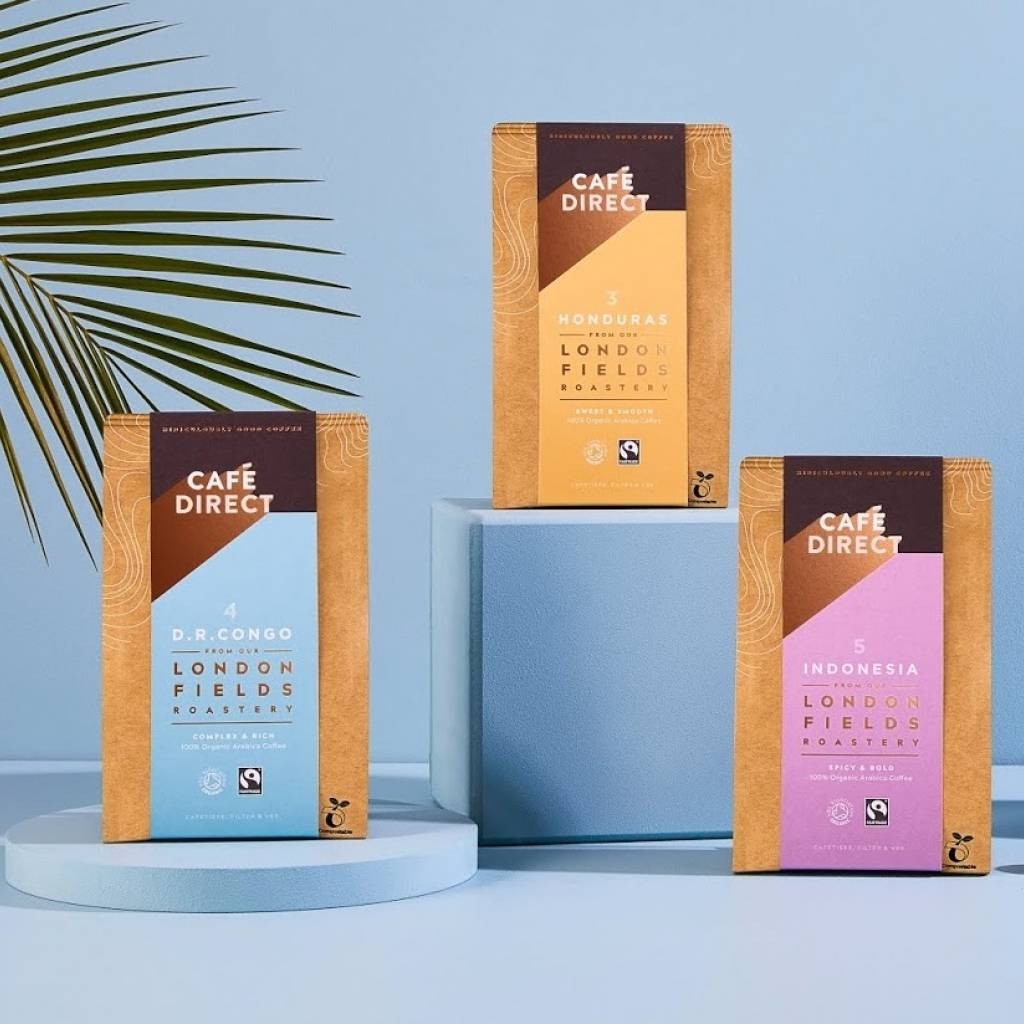
How we decide on your new coffees?
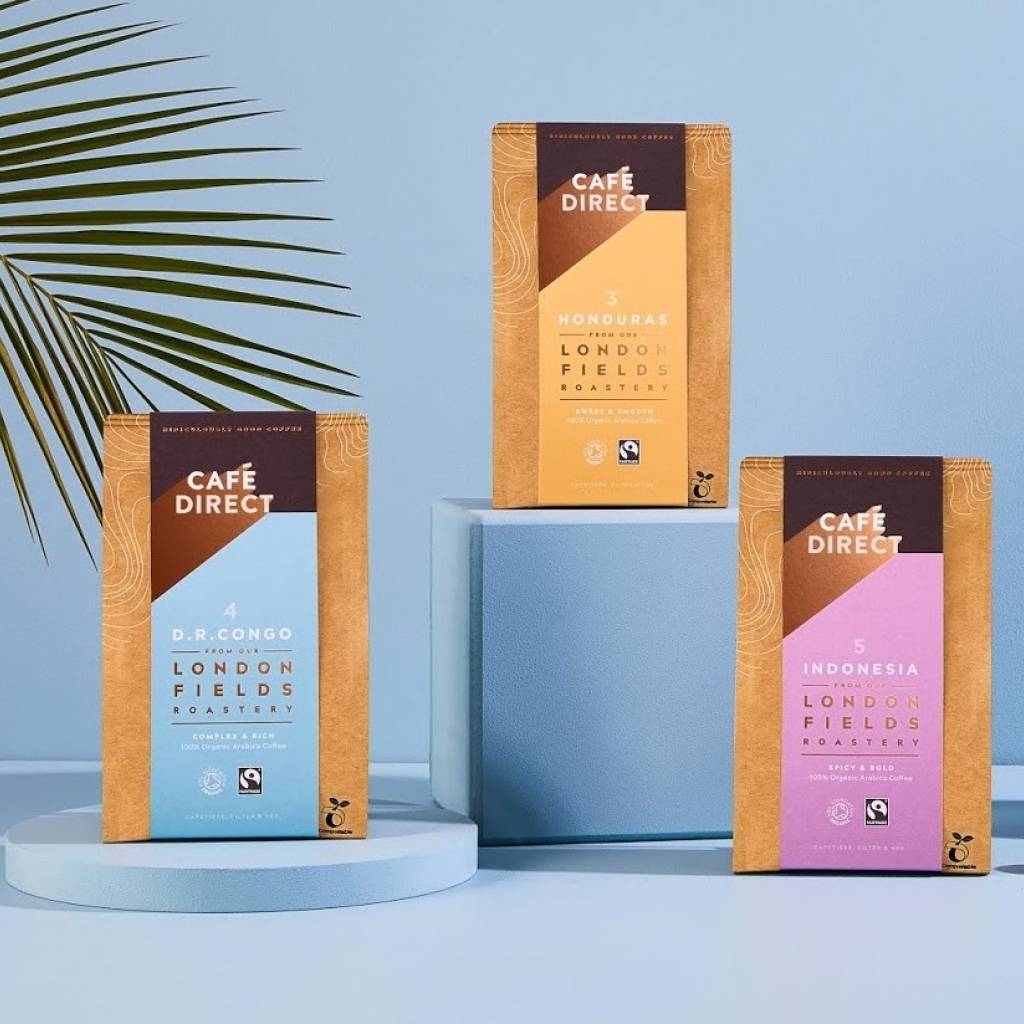
What is our philosophy?
There are many stages and variables when deciding on which coffee we want to buy and present to our customers, with most of our offerings representing a certain philosophy of sourcing coffee:
Origin Based – London Fields Range. Focused offerings from a handful of origins, highlighting the range of flavours from each origin and exploring their specific attributes and characteristics.
Profile Based – Bright & Aromatic, Rich & Chocolatey. Quality and flavour profile expectations independent of origin, expect the coffee to live up to these standards without certain origin restrictions.
Seasonality Based – Discovery Subscription. This is a self-imposed limitation, by offering a new coffee each month with a coffee beans subscription, we have to make sure the coffee is freshly harvested and in season.
Producer Based – Machu Picchu. Develop your coffee offerings around specific producer relationships, they will take on your feedback to improve the coffee to match our desired flavour profiles.
Sourcing
After deciding on what we would like our coffees to accomplish it is time to start sourcing. We have strong relationships with producers at origin who value our business and feedback and we will often receive a selection of their favourite harvested coffees. Often they have experimental processing methods that the farmer wants to showcase. If you do not have a direct trading relationship with a producer you have to start your search through your importers.
Importers will regularly release their offer lists. Here you will find a variety of coffees with prices, varietal, processing method and harvest date. All of which have a significant impact on the final price of a single coffee. Each coffee comes with tasting notes, helping you narrow down your search when looking for certain flavour profile. When we are looking for a specific origins characteristics we contact importers who specialise in that region as their expertise and knowledge are concentrated on quality over quantity.
Freshness
Freshness is a vitally important variable when deciding our destination and discovery offering. A coffees freshness is affected by the time it takes from the coffee being picked and processed to when it enters the roastery for sampling and cupping. The is due to the journey being long and arduous for all parties involved in the chain.
Often coffee can be waiting in sacks at origin, where heat can drain the coffee of its moisture and damage the quality of the bean. It can also spend large amounts of time at sea and stuck in containers at customs around various ports. This can lead to water from the ocean or moisture coming in contact with the sacks of coffee, creating an undesirable mouldy flavour.
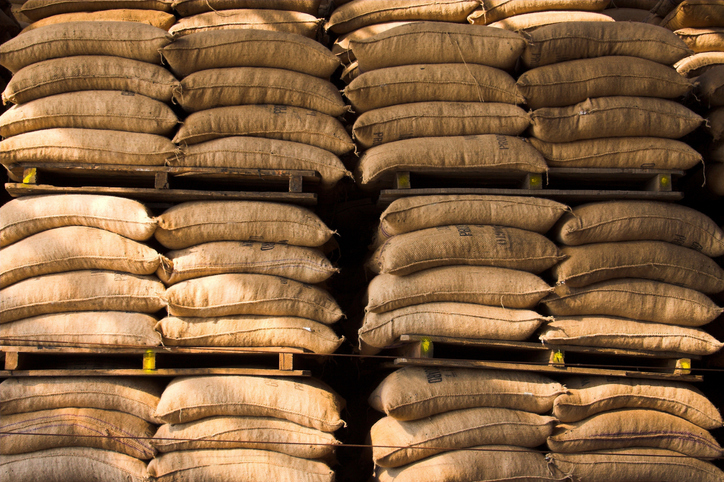
There is also time coffee spends in warehouses waiting to be bought or released to customers. The longer the coffee spends inside its sack the more its exposed to moisture irregularity. Coffee can begin to take on the taste of the sack itself. This taste is often referred to as ‘bagginess’ and resembles cardboard. On a good run coffee takes around 3 months from processing and transportation to importer warehouses. Therefore we tend to look for coffees that have just landed in Europe or been in the warehouse for 2-3 months in order for the coffee to be fresh and untainted by unwanted flavours.
Sampling
When receiving a selection of samples in the roastery, we first have to evaluate the bean in its green form. This includes reading its moisture content, which should be between 9% and 12%. Visually checking the samples for defects, this is a good way to find out if the coffees journey has had a negative impact on the beans.
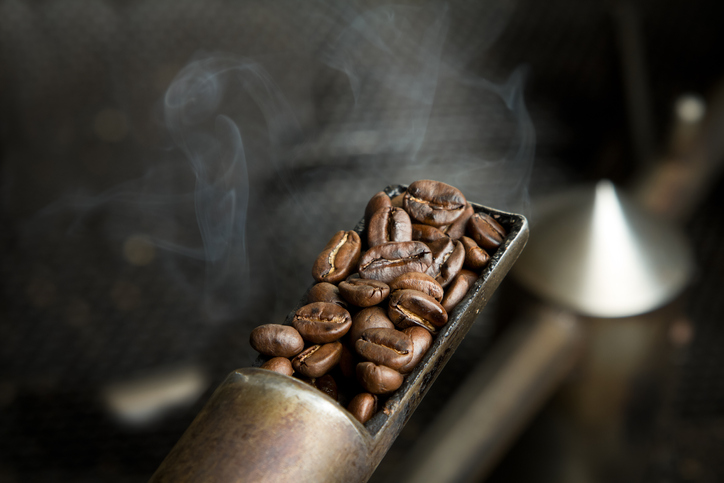
The next stage is very important with a series of decisions to be made. The two most important being; is the coffee any good? Is it worth the money being asked for by the producer? In order for coffee to be evaluated on a level playing field, we standardise the roasting on our sample roaster. The darker you roast will increase negative changes in coffees flavour and aroma, therefore we roast all of our samples to a light roast. This will expose the coffees flavours and aromas it possesses from its variety, process and terroir. This allows each sample to be evaluated on its own merit rather than on roasting.
Cupping
Cupping is a protocol that allows buyers and roasters to taste and compare many samples from different farms, regions and countries evaluating them in an objective manner. The samples need to be prepared in exactly the same way so that any differences between cups can only be due to the nature of the bean and not the brewing. First we dry evaluate the ground coffee. Next we add water for the coffee to brew, then break the crust that forms on the top. This process is where we best judge and score the captured aromas.
The coffee needs time to cool so that our taste buds can pick up the diversity of flavours. As taste buds are less sensitive at higher temperatures. This is one reason why specialty coffee gets more flavourful as it cools. During cuppings you will hear a range of slurps. This sprays the coffee over your palate and allows air to the coffee so that the complex flavours and aromas can be picked up by different taste buds in your mouth.
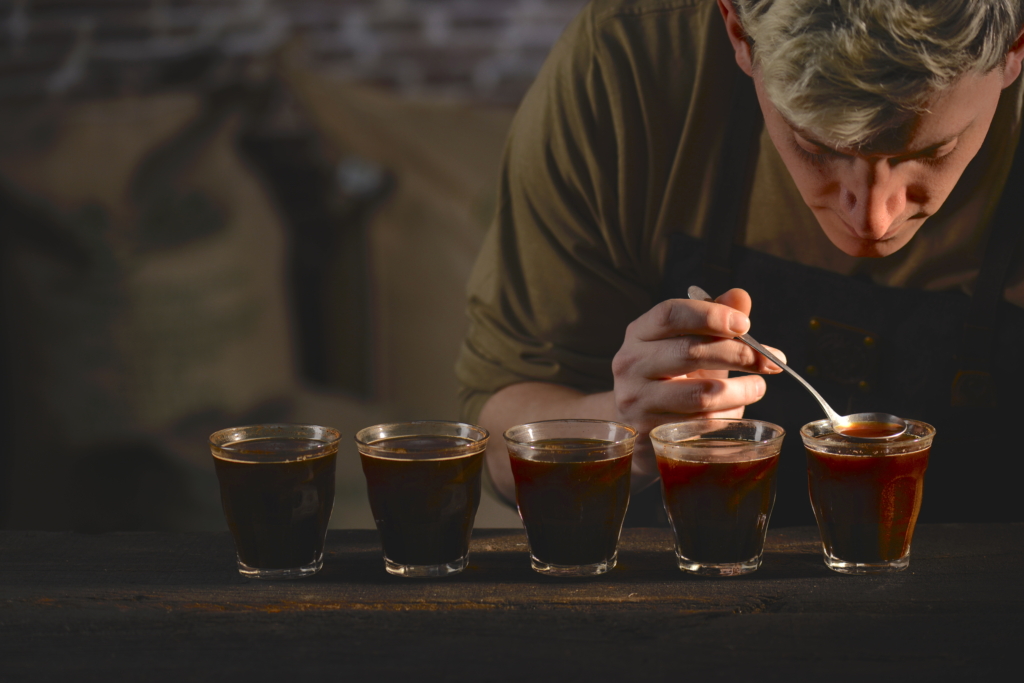
Over the first few sips you get a sense of the physical attributes of the coffee such as its smooth, light, boozy or heavy body. As it cools we begin to pick up nuanced flavour notes. This appreciation of the coffees is subjectively judged, we score each of the coffee out of 100. Any defects will decrease the score dramatically. Whereas clearly defined acidity and flavours, excellent structure and balance will make the coffee score higher. An excellent standard is 84+ and is generally a benchmark score for our destination and discovery offerings. Any score below 80 is considered non speciality and tends to be a generic coffee flavoured drink that lacks sweetness and acidity.
Purchase and Testing
From this cupping a diverse discussion will follow and agreeing or disagreeing with one others opinions is incredibly valuable. If there is a coffee that we all love and find common tasting notes and characteristics and it matches our budget and philosophy this will tend to be the coffee we purchase. This is then where the fun part starts for us as roasters, we can take the coffee to our big roaster and start to test roast, which is followed by a repeat of the cupping process and discussions so we can innovate and improve until we unearth the positive attributes and flavours that we loved when first tasting and deciding.
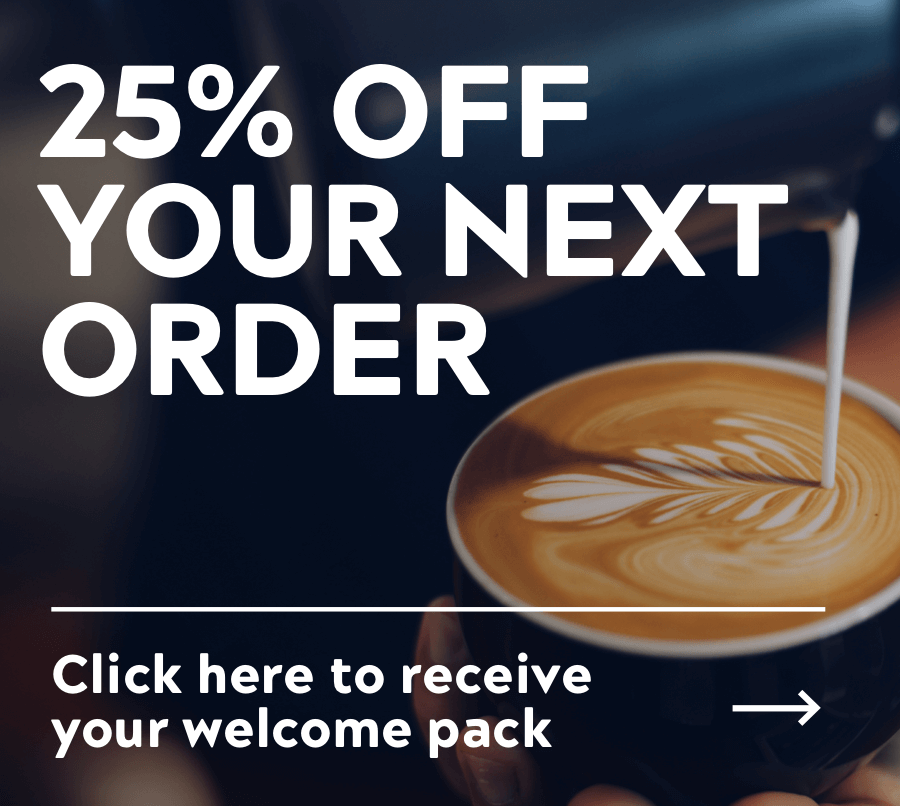

25% off
your next order
Enjoy the world's best coffee, freshly roasted & delivered to your door. Sign up to our mailing list for a welcome pack and 25% off your next Cafédirect order!

Thanks for
joining our
mailing list
A welcome pack is on its way and you get 25% off your next Cafédirect order!
